
The best online fitness resource you'll ever need. We filter out the BS to ensure you meet your health and fitness goals!

The best online fitness resource you'll ever need. We filter out the BS to ensure you meet your health and fitness goals!
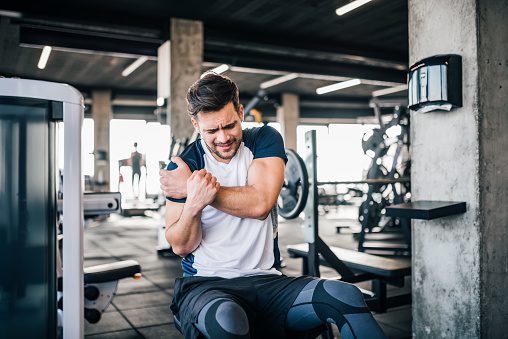
It is never good to court injury. Firstly, depending on the severity of any given injury, you can suffer a serious level of debilitation.
Though some minor hurts, such as sprains and bruises, can heal up quickly enough, major issues like soft tissue damage, breaks and head or internal injury can cause lasting concern.
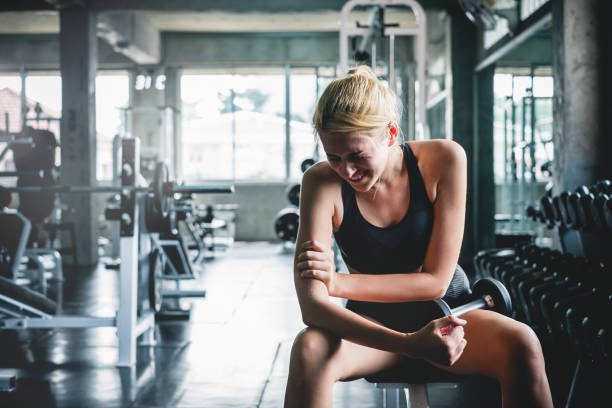
Secondly, any level of injury will be a cause of frustration to any athletic endeavor.
Even minor injuries can set training back by days, weeks or even months, as you struggle to maintain your full workload whilst healing up.
A sprained ankle can keep you off the football pitch for weeks. A sprained wrist can put paid to a bench press for months.
However, there are some common things you can do to make sure that the most common injuries going don’t occur.
Obviously, you cannot protect against everything, but by putting a few safety measures in place, you can significantly decrease your risk of falling victim to any of the following five easily avoidable injuries.
These five common injuries are easily avoided with a bit of planning and preparation, and by putting a few safety measures in place.
Shin splints (properly known as media tibial stress syndrome) are a killer. Pain issues outwards from the inner edge of your tibia (your shin bone), making it hard to even walk for any amount of time.
Shin splints are common in runners, hikers, and those with fallen arches or flat feet.
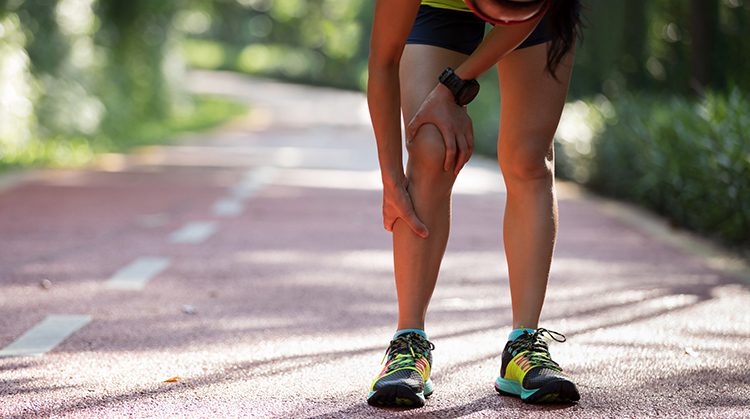
They generally occur when the muscles in the front lower leg become overstressed, growing inflamed and causing pain along the shinbone.
It can feel literally like your shin is being pushed apart from the inside.
This kind of inflammation can occur after a series of workouts, or simply after one.
If you’re new to training, or if you’ve recently increased the frequency or intensity of your training, you may be particularly susceptible as your body adjusts.
You can also be particularly susceptible if you have flat feet or plantar fasciitis, or any other concern that may put your foot placement slightly out of kilter.
Shin splits are very much avoidable, however.
First, scale your workouts properly. If you’re not used to walking or running, don’t start off with a five mile circuit. Try a half mile, then build up slowly.
Footwear will always be the most important element in the fight against shin splits, however. Wear proper shoes that are designed for the activity you’re doing.
Tennis shoes are not great for long distance running, nor are hiking boots any good for basketball.
If you have flat feet or fallen arches, make sure that you use proper arch-support insoles.
This will make sure that your foot sits as it should on the ground, reducing stress through the ankles, knees and, of course, the shins.
Iliotibial band (IT band) syndrome is common in runners and cyclists, though pretty much all athletes have the potential to suffer from it.
It occurs when the IT band becomes tight and inflamed, and it can bench you for a while.
The IT band is a band of ligaments that runs along the outside of the leg, from the hip to the knee.
Inflammation and/or tightness here will often be noticed as pain in the hip or the outer knee. It will be exacerbated by repetitive motions that put pressure on the IT band, such as cycling and running.
It can be caused by a few different things – overuse, rapid increases in frequency or intensity of training, training on uneven surfaces, training in unsupportive footwear, or simple wear and tear.
As with shin splits, there are some easy things to bear in mind that should significantly decrease your risk of IT band injury.
Proper footwear is a must, just as with shin splints. Follow all the above advice – make sure your footwear is sport appropriate, well-fitted, and in a good state of repair.
Cyclists should make sure that their seat height is appropriate to allow proper alignment between the hip and knee through each pedal stroke.
Finally, make sure that you stretch out your hips and outer legs often, ideally after every training session.
Wrist and ankle strains and sprains are very common and can have drastic consequences. Like to box? No chance with a sprained wrist. Like to walk? Again, no chance with a sprained ankle.
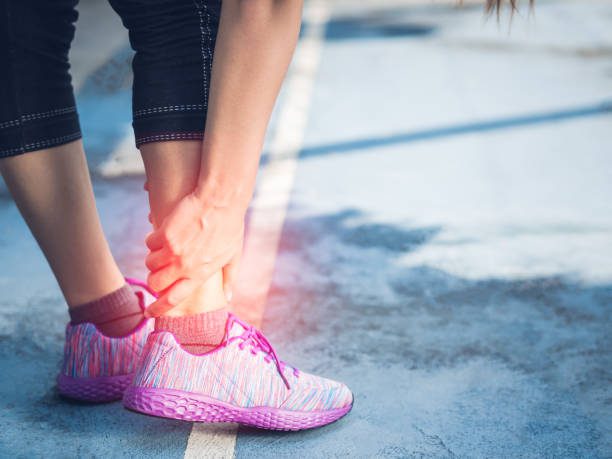
Let’s start with the wrist. It is a very complex joint with a great deal of mobility. However, this high mobility often also means high levels of instability.
You can easily overload the muscles and soft tissues, straining them and causing inflammation and pain.
There is an array of wrist stability exercises that can help to strengthen the smaller, stabilising muscles.
Kettlebell movements like swings and cleans are helpful, requiring a great degree of dexterity, as can any fine motor tasks like writing by hand and drawing.
Twisted ankles are also a killer – strains and sprains can lay you out. Single leg exercises and repeat motion training like running, especially on a treadmill or on uneven ground, can put you at risk.
Strengthen the ankle muscles and work on flexibility and mobility through your lower legs and feet. Aim for flatter, more even surfaces, and, as ever, wear appropriate footwear.
If in doubt with either of them, always feel free to wear straps. Tubigrips and lifting straps will always help to keep your wrists and ankles stable.
Knee pain is common in sports. ‘Runner’s Knee’, in particular, (more properly known as knee patellofemoral syndrome), can be quite chronic in longer term athletes.
It is often caused by, or at least comes hand in hand with, poor tracking of the patella. Symptoms include pain, lack of strength, and a crunching, creaking, grating sound as you bend your knee.

Runner’s Knee can be further exacerbated by certain muscular imbalances, often those common to running and cycling, as well as poor form through overloaded resistance movements.
To fix technique in your lower body, work on reducing your muscle imbalances.
To do so, train your hips and abductors. Weak hip and abductor muscles can cause the knee to track inwards during squats, lunges, runs and jumps.
Alongside this, remain mindful of your knees’ patterns through movements, making sure that they are tracking forwards, in line with the direction of your foot, rather than falling outwards or inwards.
Elbow pain is common across a range of different fitness styles.
Elbow pain, particularly relating to lateral epicondylitis (‘Tennis Elbow’) can be similar to knee pain, especially in its presentation.
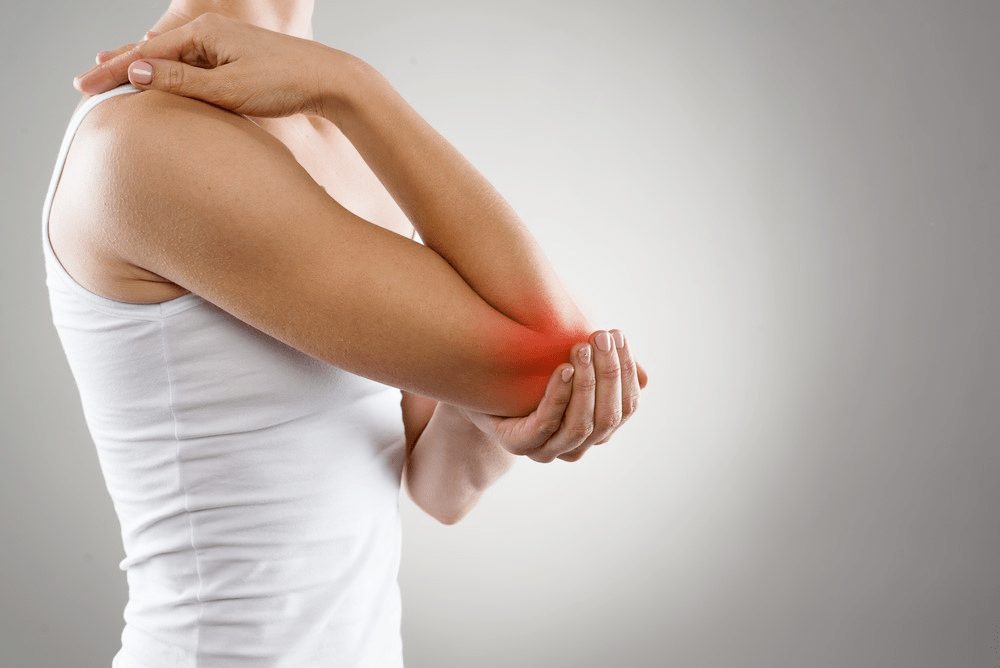
It is often caused by using inappropriately large amounts of resistance through elbow flexion, or by improper technique.
To reduce your risk of suffering elbow pain, maintain a neutral position through your wrist whilst lifting, avoid fast repetitions, use an appropriate weight that you can move with proper form, and work on building up your forearms, particular your extensors.